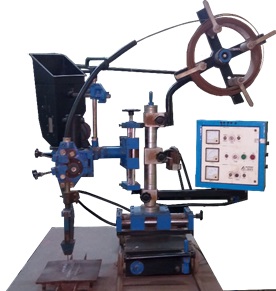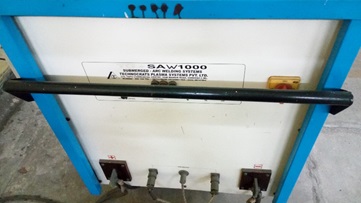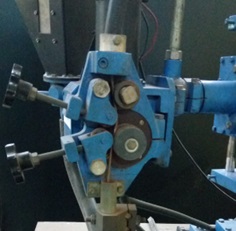


Give material specification and give joint preparation detail if any.
Give specification of the filler material used.
Techanical Specification
Model : SAW-1000
Primary Voltage : 380-440V
Phase : Three Phase
Frequency : 50hz/60hz
Open Circuit Voltage: 16-56V
Welding Current Range: 80-120 A
Max.Continuous Welding Current at
60% Duty cycle : 1000 Amps
Input Cable Size : 25 sq.mm copper
cable
Input TPN Size : 100 Amps.
10 After completion of travel turn off the process from the controller and close the flux stopper.
12 Unclamp the job after cooling and extract test pieces by cutting it for mechanical and metallurgical testing


3. Welding Technology 2021 Edition by J. Paulo Davim, Springer
4. Welding Technology eBook By N.K. Srinivasan